I love cooking. I also love my job, walking my dog, and having adventures. With so much life to live, it can seem like there’s not enough time to do it all. Or enough money.
But that doesn’t mean you can’t eat healthy on a budget and save time, too. I’ve learned from and helped my friends and community find and improve their paths to fresh and healthy eating and budgeting.
I’ve discovered that learning how to eat healthy on a budget takes some effort, but it is possible (and totally worth it!).
Here are 10 secrets that will help you eat healthy on a budget.
Secret #1 — Plan Ahead and Stick to Your Plan
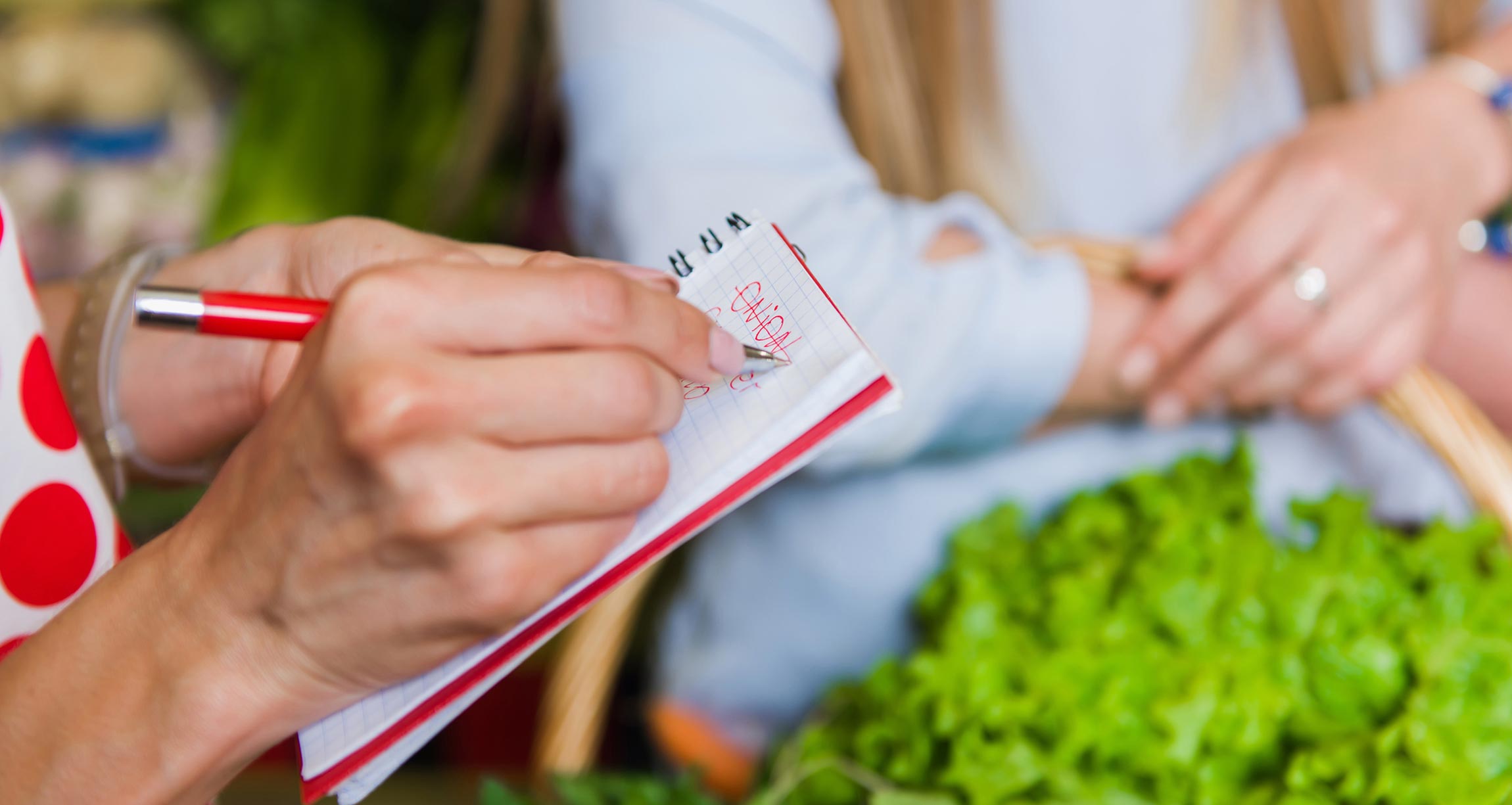
Learning how to make planning work for your life may be the most powerful, life-changing step you can take to eat well and save money. But it’s definitely not the easiest.
Creating a weekly meal plan and developing your grocery list before you shop takes time and effort. But the difference it makes is incredible!
Learning how to make planning work for your life may be the most powerful, life-changing step you can take to eat well and save money.
You can also cook meals days ahead, so you’ll have food ready within minutes.
Daily or multiple trips to the grocery store can be costly — in time, gas, and in increased impulse buying. But planning allows you to take fewer trips.
And when you don’t have snacks, ingredients, and prepared meals on hand, you’ll be more likely to make expensive, unhealthy choices.
Secret #2 — Eat More Whole Plants and Fewer Animal Foods and Junk Foods
Highly processed foods with plentiful packaging and meat products can get pricey.
On the other hand, consuming a plant-strong diet can lead to considerable savings. Think low in meat and abundant in fresh vegetables, fruits, nuts, seeds, legumes, and whole grains.
Andrée Pagès and her husband went plant-based for six months and wound up saving more than $2,800 in grocery bills. They used this money to pay for a two-week vacation in Greece.
You might be thinking: Can plant foods really be cheaper?
Consider these two studies:
- A 2015 study published in the Journal of Hunger & Environmental Nutrition found that eating meatless meals can save you nearly $750 a year.
- A 2017 report from the Institute of Economic Affairs showed that buying fruits and vegetables is cheaper than buying processed junk foods, ready meals, and take-out foods.
The researchers in the second study compared the prices of foods and beverages at two leading supermarkets:
- Many fruits and vegetables were less than $3 a pound.
- Processed meals, chips, and bacon were closer to $4 a pound.
- A fast-food cheeseburger costs about $1. Based on national averages, you could purchase one pound of apples, one pound of sweet potatoes, or one and a half pounds of carrots for the same amount of money.
Junk food and beverages offer little to no nutritional value. And highly processed foods typically have ingredient lists that look more like lab reports.
Remember: The longer the list of ingredients on a package, the more likely it is to be unhealthy.
Foods like soda, crackers, cookies, frozen entrees, and other fast foods come with a variety of health risks.
And here’s a point many people forget to consider about healthy food:
Not only are healthy foods more economical at the grocery store, but in the long run, they can help you save massive amounts on medical bills.
Secret #3 — Shop Local And In Season As Much As Possible
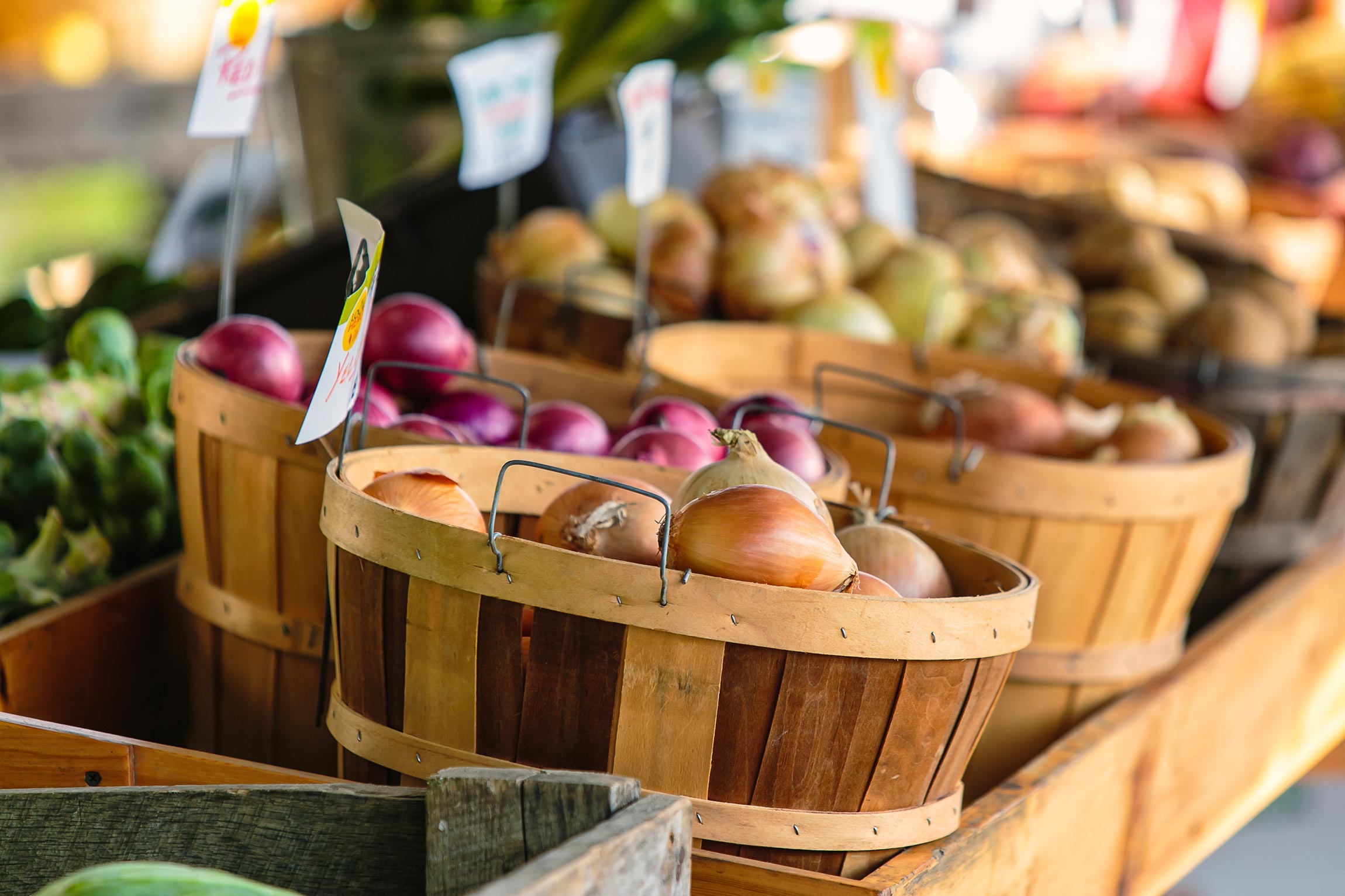
Produce is cheapest (and also freshest, tastiest, and most nutritious) when you buy it in season. Getting fresh produce in its off-season requires higher costs to produce and ship. And stores pass these costs on to customers.
Americans can use this seasonal food guide to find out what’s in season nearby before planning a grocery list.
Buying fresh produce when it’s in season and freezing or preserving it for later can save you a lot of money.
Choosing local food has many benefits, including saving money.
Ways you may be able to find local food in your area:
- Shop at farmers markets. The food at farmers markets is often priced lower than supermarkets and grocery stores. Use this online tool from LocalHarvest and this online directory of farmers markets from the USDA to search for one in your area. Many farmers markets across the US accept SNAP benefits (formerly known as food stamps) at double the value. And here’s a tip: If you can be a little flexible on which items you get, try shopping towards the close of the market because farmers may discount items or give you deals. You can ask if they have any “end of market” specials.
- Join a CSA. Community supported agriculture programs (CSAs) allow you to purchase seasonal produce directly from local farmers. If you’re in the U.S., you can get information on CSAs and find ones near you from the LocalHarvest website here.
- Pick your own. Research if there are any farms in your area where you can pick your own fruits and vegetables. Use this online tool to find pick-your-own farms in your area.
- Buy directly from growers in your area. See if you can find local food growers and producers in your area and buy directly from them.
- Look for it (or ask for it) where you buy food. Look for local produce where you shop. Locally owned grocery stores and natural food stores are often more likely to stock local foods. Or you can ask your local grocery stores to stock more locally grown options.
Secret #4 — Choose The Healthiest Inexpensive Foods
Rather than waste money on low-nutrient foods, choose more inexpensive, nutrient-rich alternatives.
13 Affordable, Nutritious Foods to Help You Eat Healthy on A Budget
As you learn how to eat healthy on a budget, try consuming more of these foods, which are packed with good-for-you nutrients:
- Sweet Potatoes — This super source of vitamin A grows easily in diverse conditions, so it is often grown free of pesticides. Sweet potatoes can be used in both savory and sweet dishes year round.
- Cabbage — One of nature’s best cancer-fighters, cabbage is a powerful anti-inflammatory that’s rich in vitamin C and affordable all year round. And purple (or red) cabbage has the highest levels of antioxidants per dollar. Cabbage is nutritious and delicious raw, cooked, or juiced (the gas-free way to eat it if cabbage creates flatulence issues for you).
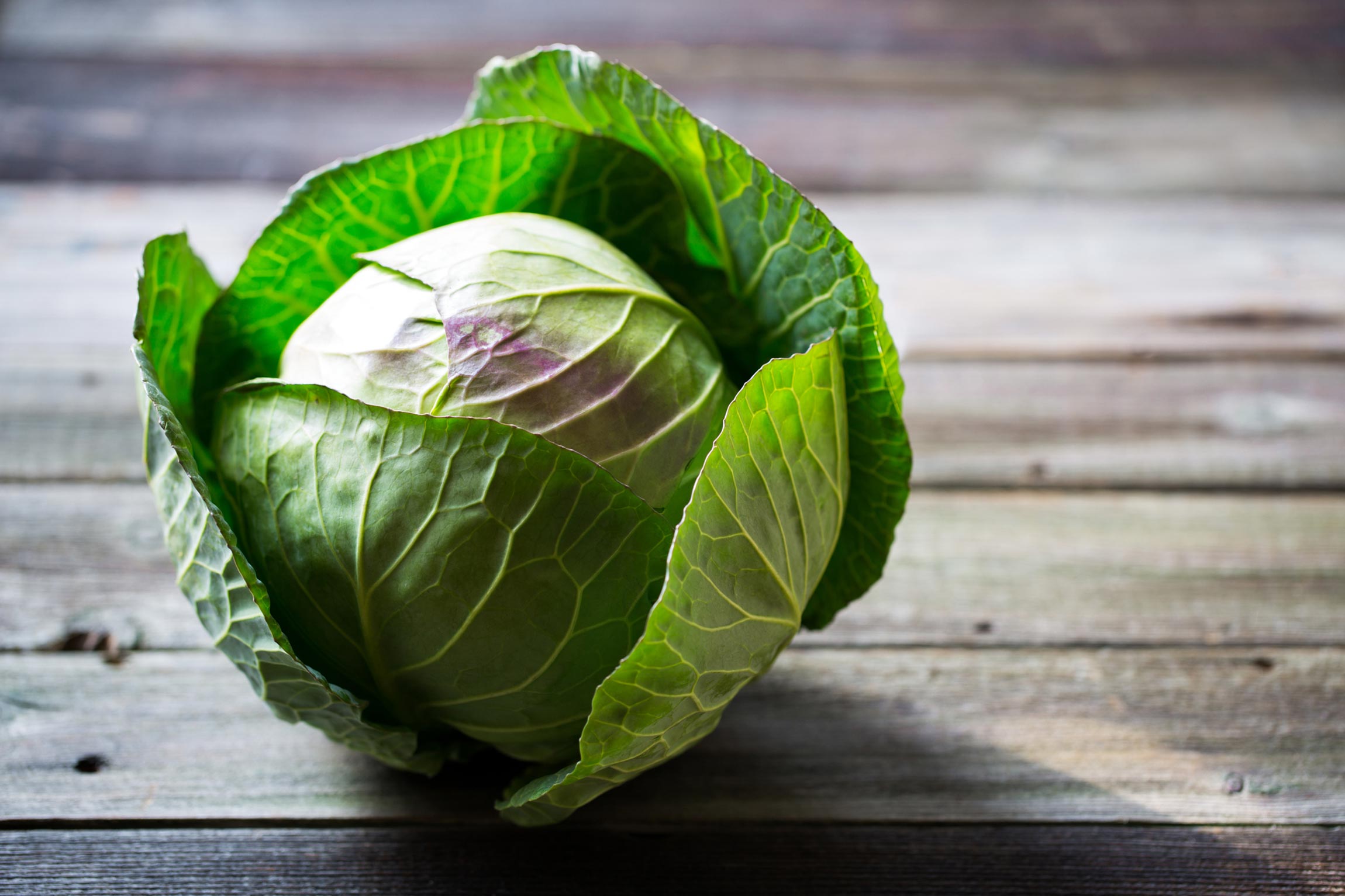
- Zucchini — This plentiful summer favorite is vitamin-packed and nutritious. It’s mild flavor, affordability, and low score on the glycemic index make it an easy staple to keep around the house. Use a spiralizer to make zucchini pasta or cut zucchini into slices and use them instead of crackers.
- Carrots — In addition to being good for your eyes, these well-known veggies are one of the richest sources of carotenoids. Regular intake of this natural pigment is linked with an up to 50% decrease in many types of cancers.
- Lentils — These small but mighty legumes are 26% plant protein. One cup of cooked lentils gives you 18 grams of protein. And they’ve been a valuable part of diets around the world since the early days of farming. They’re also rich in iron, fiber, and B vitamins.

- Split Peas — These nutritionally powerful legumes are an excellent source of protein, as well as several important minerals and B vitamins. A single cup of cooked split peas provides 65% of the daily value for fiber.
- Quinoa — This potent ancient pseudo-grain has as much calcium as a glass of milk and is much easier to digest. It also cooks quickly and is ready to serve in less than twenty-five minutes. Use it in hot casseroles, soups, stews, stir-fries, or cold in salads.
- Oats — These grains have more protein and fiber than any other cereal grain, and they contain essential vitamins and minerals. Make your own oatmeal using rolled oats in about 10 minutes, rather than buying instant oatmeal or sugar-packed, ready-to-eat cereals. Or try these Oat Waffles.
- Tofu — Tofu is made from soymilk (if you’re concerned about eating soy, see the truth about soy here). It’s a very versatile food and is best used as an ingredient, rather than on its own. To avoid GMO soy (and glyphosate!), get organic tofu.
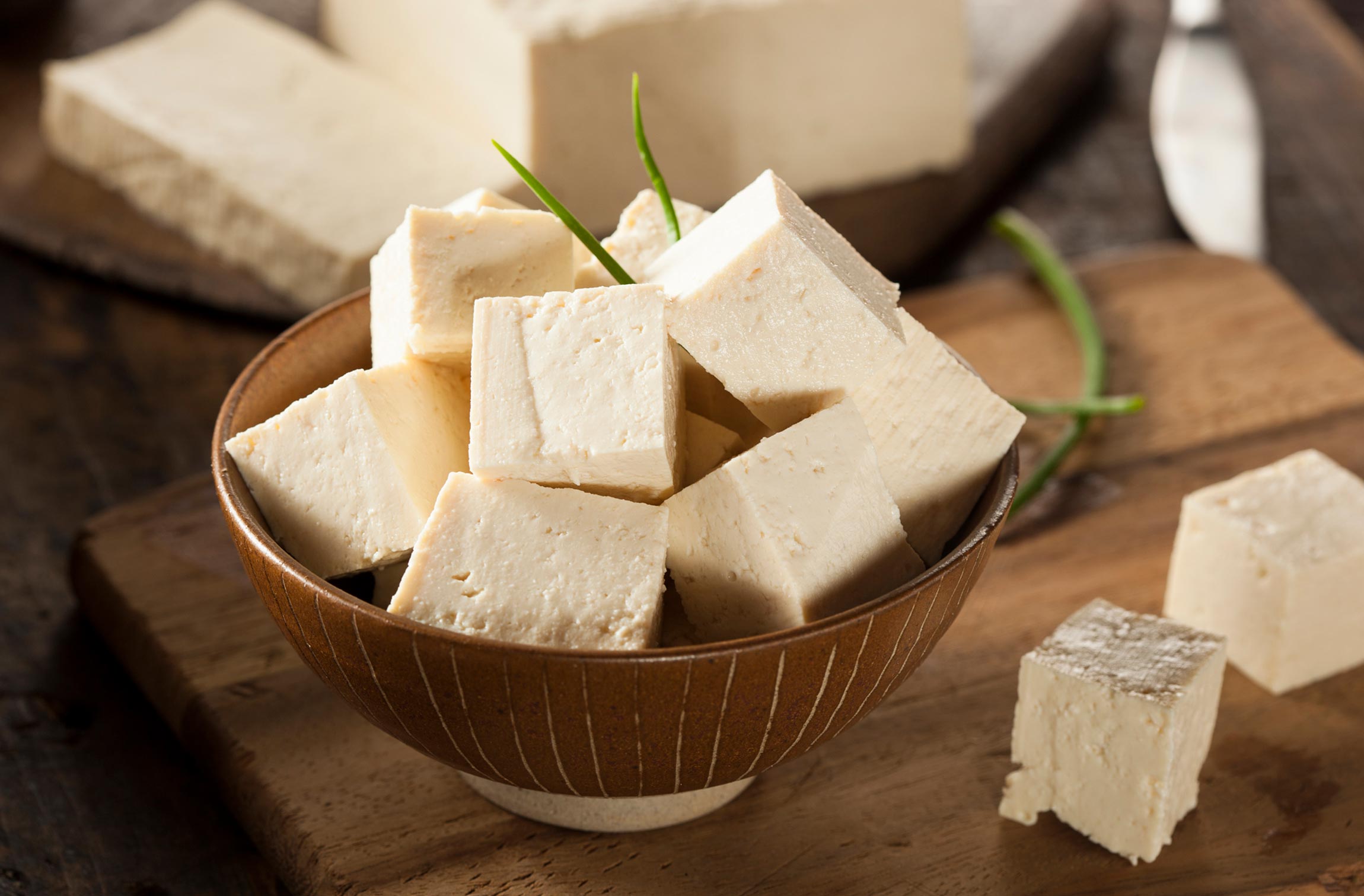
- Flaxseed — Flaxseed is one of the world’s oldest, healthiest, and least expensive superfoods. In fact, flax was one of the original “medicines” used by Hippocrates. John Robbins recommends grinding a few tablespoons in a designated coffee grinder (which is used only for this purpose) every few days and keeping the meal in the refrigerator. You can sprinkle ground flax meal on oats and salads, or mix them into smoothies or casseroles.
- Sunflower Seeds — Long a staple food for Native American tribes, sunflower seeds are one of the plant kingdom’s most abundant sources of vitamin E, which has anti-inflammatory effects and neutralizes free radicals, thus protecting brain cells and cell membranes. They make great, easy, healthy snacks. But they can also be used as garnishes or ingredients in many recipes.
- Popcorn — Surprised to see popcorn on this list? Commercial popcorn is loaded with large amounts of fat, sugar, and salt — definitely not healthy! On the other hand, air-popped popcorn is an inexpensive, whole-grain product that is low in cost and high in nutritional value. You can pop your own popcorn using an inexpensive air popper. Important notes: (1) It’s not a good food to serve children under the age of four because of the risk of choking. (2) Most corn in the U.S. is genetically modified, so if you want to avoid GMOs, choose organic and/or non-GMO popcorn.
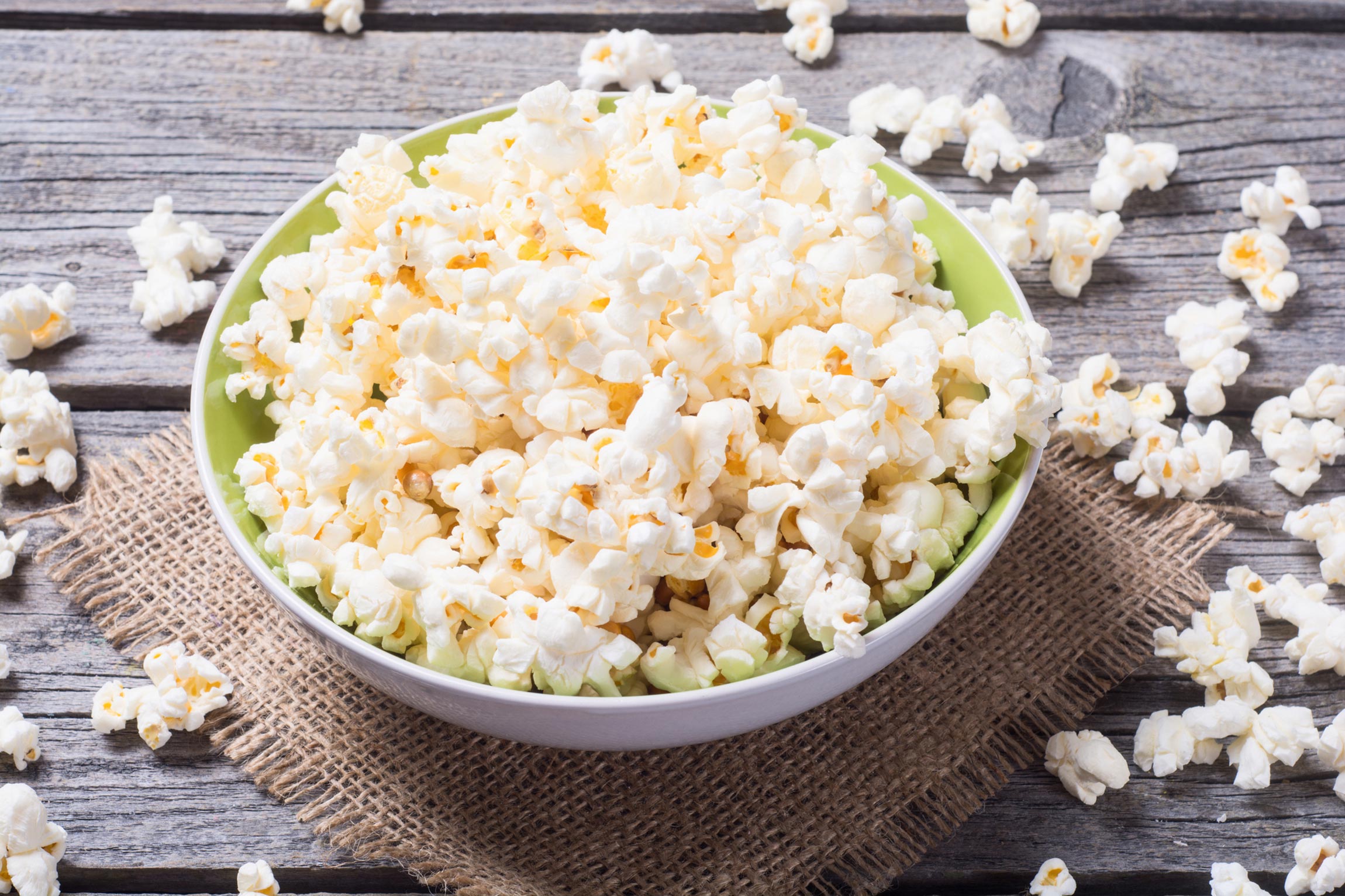
- Nutritional Yeast — With its distinctive nutty, cheesy flavor, nutritional yeast is cultivated specifically for its nutritive value. It’s an excellent source of protein, with all the essential amino acids, and an excellent source of B vitamins, too. Use this ingredient in many ways — as a flavoring and thickening agent in soups, sauces, salad dressings, “cheesy” spreads, casseroles, and more. Try this Lasagna recipe with plant-based parmesan made from nutritional yeast.
Secret #5 — Buy in Bulk and Remember Frozen Foods
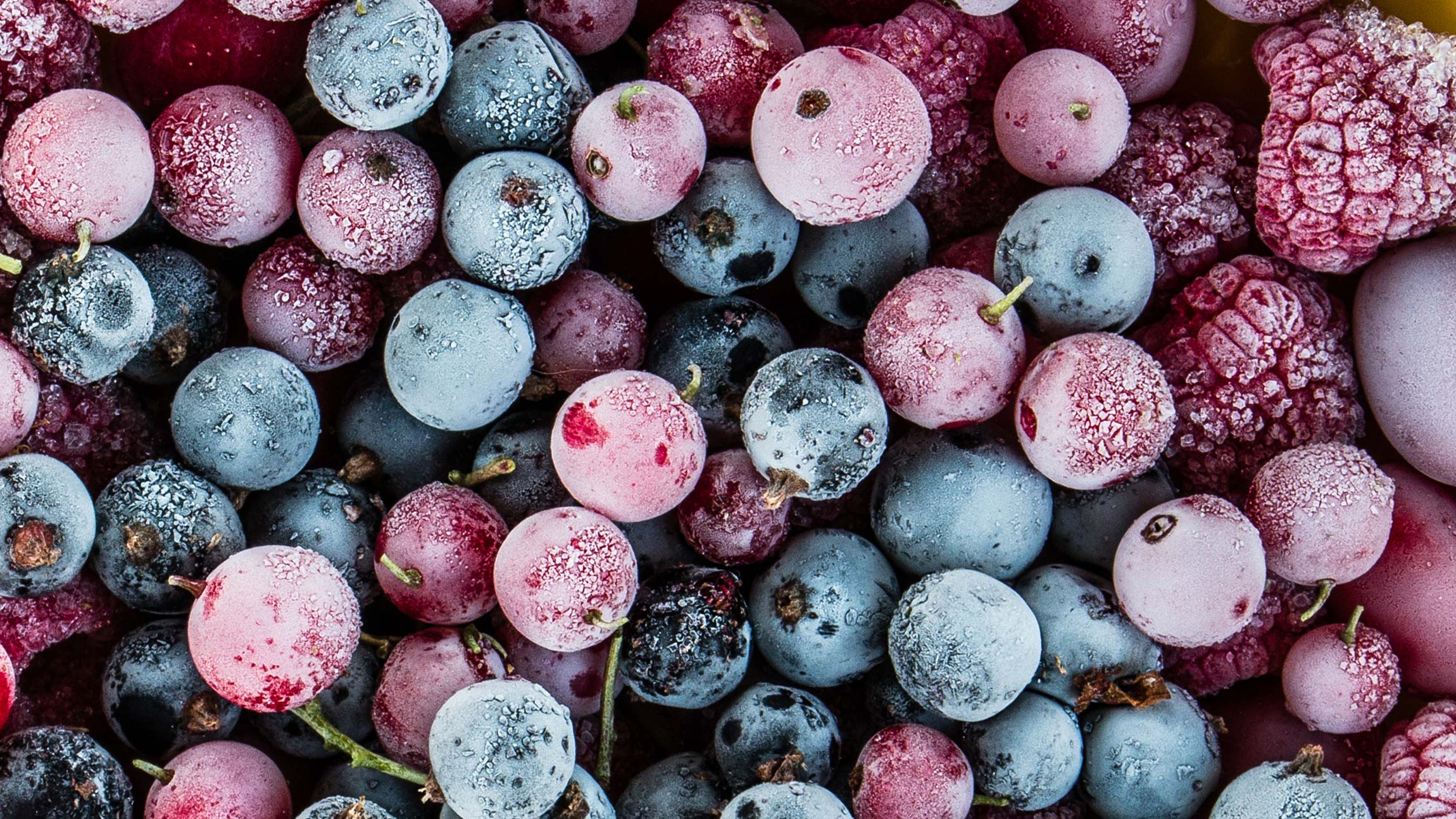
The next time you go shopping for dried goods, such as lentils, oats, millet, and nutritional yeast, stop by the bulk aisle.
Buying in bulk is usually less expensive than pre-packaged portions.
But don’t assume the foods in the bulk section are always cheaper. You can compare the bulk price per ounce or pound with the packaged price per ounce.
And then, store your dried goods in glass jars so you can easily see what’s in them.
You can also buy in bulk at a farmers market and freeze what you don’t need right away.
Freezing Fresh Food Secures Maximum Nutrition
Don’t get me wrong. Local, fresh produce is typically your most nutritious option — and the best way to eat healthy on a budget.
But you can’t always buy local. And when you don’t, you may end up buying fruits and vegetables whose nutritional value has been diminishing daily since it was harvested.
Flash-frozen produce is frozen shortly after being collected, which halts the deterioration process and locks in the nutrients.
A 2015 study published in the Journal of Agricultural and Food Chemistry compared the nutritional value of fresh and frozen produce.
Overall, the vitamin content of the frozen fruits and vegetables was comparable to and occasionally higher than the fresh versions.
In addition to being good for you, frozen produce is affordable and convenient and has a much longer shelf life.
One downside, however, is the texture of frozen vegetables, which does suffer and turn some people away from them.
Secret #6 — Cook Often and Learn to Love Leftovers
Cooking at home is a cornerstone of the healthy kitchen.
Home cooking means:
- No waiting for your food that’s been sitting under a heat lamp
- Less packaging waste
- No need to drive, park, or wait in line
- And no need for special requests
Restaurants have high overhead and service costs. When you eat out (or get takeout or delivery), you are paying for much more than the food you’re getting.
Think about how much of the cost of your meal goes to restaurant rent, staffing, insurance, tipping, and delivery costs.
Eating out can be enjoyable. But by making eating out a treat and preparing most meals at home, you can spend thousands less each year on food than those who eat out regularly.
For example, Rachel Morgan Cautero and her husband reported saving $10,000 per year by cooking at home.
Home cooking also makes the ultimate leftovers. And while leftovers have a negative reputation for many people, the truth is:
“Leftovers are a beautiful, caring investment in the future.” — Ocean Robbins
Leftovers are a beautiful, caring investment in the future.
Making extra food and refrigerating or freezing it for later gives you a quick, delicious, nutritious meal when you need it. And taking leftovers instead of going out for lunch is an easy way to save money.
Plus, did you know there’s a scientific reason why cooked foods often taste better the next day?
Chemical reactions continue after the food is cooked. More amino acids are released over time, which enhances the savory umami flavor of a dish.
Secret #7 — Plug-In and Feel the Power
Let’s face it. Multitasking is mainstream. So, why not rely on plug-in kitchen appliances to do their thing while you do yours.
This means no more choosing between yoga and a home-cooked meal. Handy kitchen appliances can be an essential part of effective food routines.
Trying to crockpot garbanzo beans will show you the boundaries of your patience (trust me, I know!). But here’s what you can do: Try using an electric pressure cooker instead.
Electric pressure cookers are bean time machines.
Dried beans are both affordable and versatile. And electric pressure cookers are bean time machines. In thirty to fifty minutes even dried garbanzo beans soften and are ready to become everything from hummus to chana masala.
These protein-packed, cancer-fighting superstars balance any diet, freeze well (once cooked), and keep in the fridge for a week if you salt them.
Even if your counter space is at a premium, the one appliance that should always have VIP parking is your blender.
Whether you power up with an AM smoothie or believe, like I do, that there is such a thing as “soup season” that lasts from October through March (yes, I live in the Northern hemisphere), your blender can be your best friend.
Electric steamers can be an essential healthy kitchen tool. You can pick one up for under twenty dollars, throw in your veggie of choice, set the timer, and walk away.
Most electric steamers also include a stock tray that collects the nutrient-rich liquid-by-product of steaming that can be frozen and used alongside vegetable scraps to make your own vegetable stock.
And don’t forget about electric rice cookers. You can load them up and turn on your timer in the morning. And then, you’ll come home to perfectly cooked rice piping hot and ready for you in time for supper. (You can also use them to cook quinoa, millet, or other grains, and even legumes.)
Here’s a tip: VitaClay makes a rice cooker out of clay — so you can steer clear of the non-stick options. If you’re interested, get it here.
NOTE: Don’t forget to look at consumer reviews and product specs before purchasing any kitchen appliance. Prices and features vary. Plus, you may find that the most affordable steamer does everything you want it to do and leaves you extra cash for that fancier blender that basically reads your mind. Or vice versa.
Secret #8 — Do More Yourself: Grow Your Own Healthy Food and Make Some of Your Own Food Products
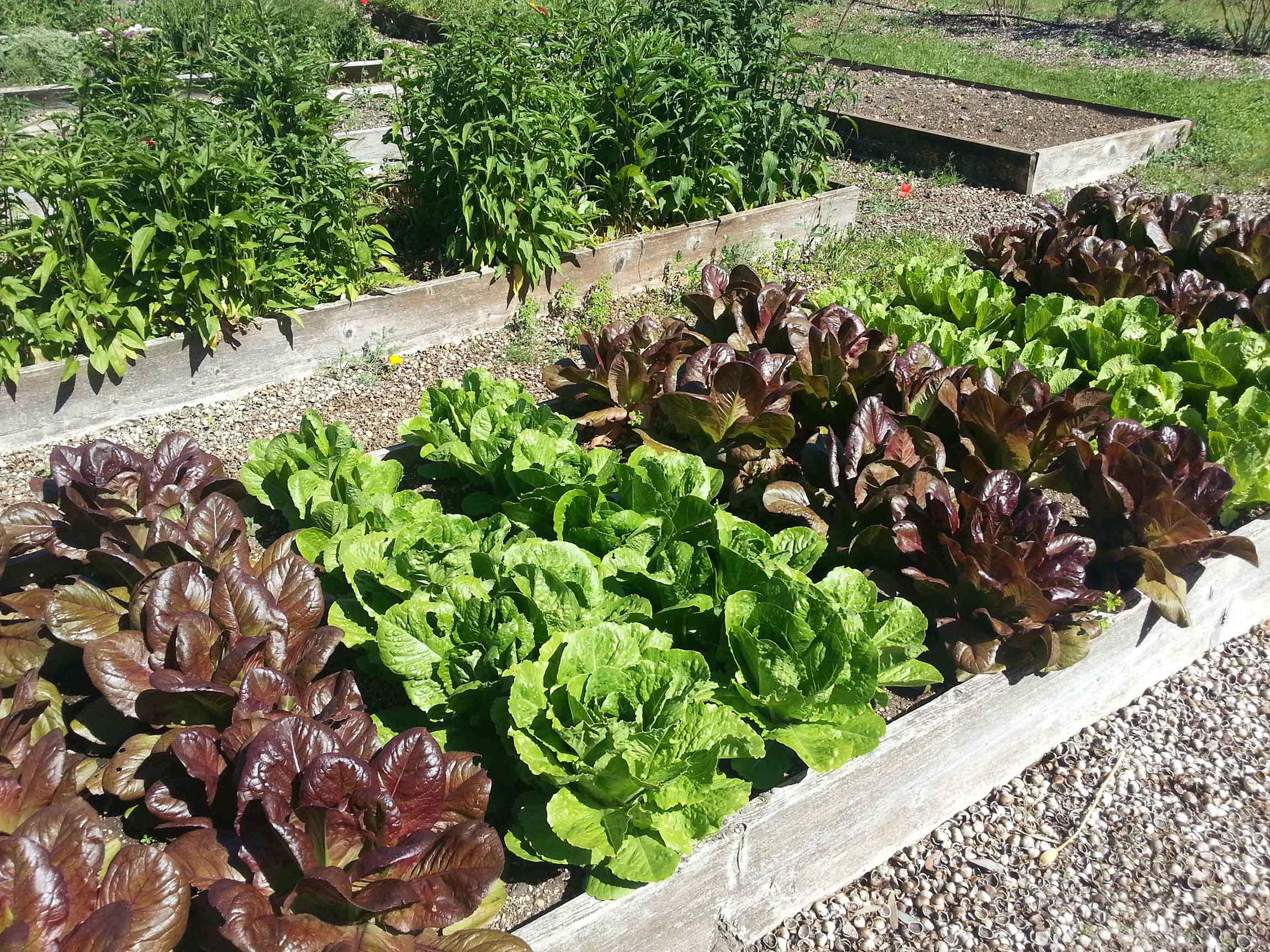
Gardening is one of the best ways to save money on groceries.
Even if you are not much of a gardener, growing a few herbs or vegetables can save you time and money and help you eat healthy on a budget.
Knowing when to plant what is the is the first step to tasty spring and early summer greens, like chard and spinach, and plentiful tomatoes and zucchini all summer long.
Some of the easiest vegetables to grow are chard, kale, and collards. They don’t require much attention and deliver an amazing amount of nutrients per square foot.
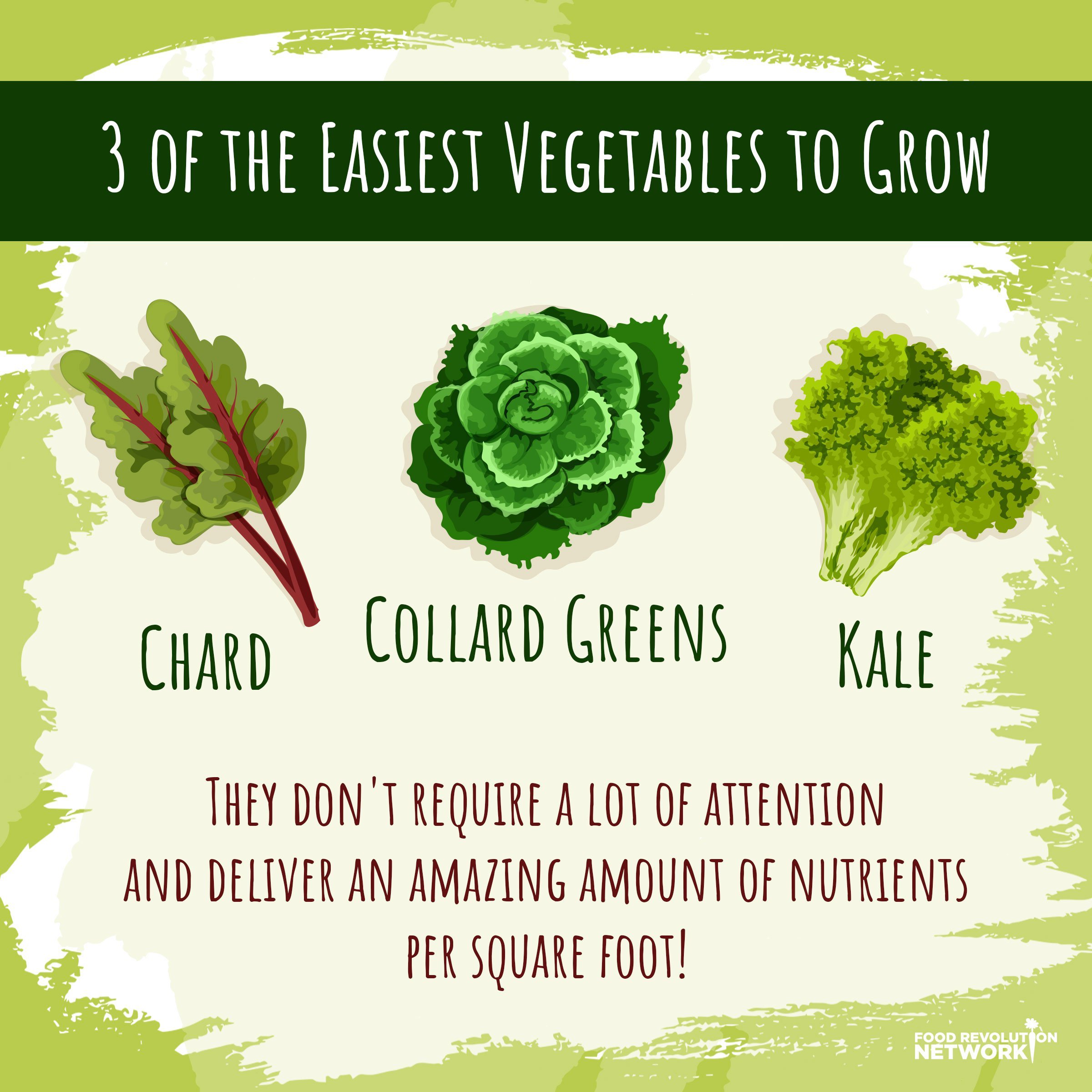
Container gardening and bucket gardening are good alternatives if you have limited outdoor space.
Indoor gardening is another idea. Here’s a guide to help you grow an indoor salad garden year-round.
And if you do have more space, try these tips to start growing your own food.
Even one less ingredient on your grocery list means you’re saving money.
In addition to growing some of your food, making more food items on your own can save you money and be fun.
Fermented foods are great for your gut, but they aren’t always affordable. So why not try making your own?
No-boil quick pickling is a beginner’s best friend. Think refrigerator zucchini pickles, lemony pickled cauliflower, or fermented probiotics made with whatever greens are cheap that week — like this kale kimchi or this beet and red cabbage kraut.
On the other hand, canning takes a little more time and effort. But it can be a great way to save money. This online guide can help you learn how.
Other products you can make yourself to save money are nut and seed milks. These are easier to make than you probably think.
Making your own vegetable broth from food scraps is a great way to save money and reduce food waste at the same time.
And if you want to be a little extra adventurous, you can even buy a starter and make your own homemade soy or nut yogurt.
Secret #9 — Discover Food Rescue and Rejuvenation
Instead of letting your produce go to waste, be sure to store them properly and revive them if needed.
Here are some tips:
- You can rehydrate wilted greens, like romaine, kale, chard, and bok choy, by soaking them in cold or icy water for up to an hour. The same is true for carrots and celery.
- Carrots and celery are best stored in water in a sealed container in your refrigerator from the minute they get there. First, cut off the carrot and celery greens, as well as the celery root. And then, bathe them and change the water every few days.
- Also, some fruits and vegetables produce ethylene gas as they ripen. Common culprits include most melons and pitted fruits (apples and watermelon excepted). Produce including asparagus, broccoli, leafy greens, cucumbers, squash, and eggplant don’t do well in the company of ethylene-producing fruits and veggies. So it’s best to keep these food groups separated to delay spoilage.
For more tips on keeping your perishables from perishing, check out this infographic.
Secret #10 — Learn The Beauty of Batch Cooking
While they may be tempting, choosing meal delivery services means you’re overpaying for portions. In fact, the average monthly cost of such services can rival a monthly car payment!
Instead, buying and preparing reasonable ingredients, such as grains, seeds, and dried beans and fruit in bulk, is a better idea.
And this is where batch cooking comes in. Batch cooking means prepping meals or core ingredients and sauces ahead of time. (Often over the weekend for those who work during the week).
Batch cooking may be the end-all-be-all of affordable and time-efficient healthy home cooking.
Learn more about the specifics of batch cooking.
Batch cooking may be the end-all-be-all of affordable and time-efficient healthy home cooking.
Here’s how batch cooking works. If your core ingredients for the week are:
- Lentils
- Cashews
- Brown rice (or ancient grains farro or quinoa)
- Broccoli
- Onion
You could easily make cashew cheese sauce, broccoli cashew bisque, cashew-based salad dressing (leave out the maple syrup if you want to avoid sugar,) and cashew sour cream in one afternoon.
Pre-cooked lentils save time during the week and are the base of many tasty, international dishes.
You can try Indian Dal, Ethiopian Misir Wot (be sure to use organic canola oil), Middle Eastern Mujadara (remember there are plenty of plant-based yogurts), and Lentil salad (leave out the oil to make this an oil-free dish).
Here’s a tip: Try topping Mujadara with sauteed walnuts and raisins for the Persian variety. This dish is very flexible and can easily be adjusted and modified to taste.
Batch cooking isn’t just for meal making. Don’t be afraid to make a gallon or more of your favorite healthy sauces and freeze them in manageable batches.
Homemade sauces, like teriyaki sauce (find a gluten and sugar-free version here), can be made for a fraction of the cost of store-bought varieties.
Feel free to pass along these healthy eating secrets! Some secrets are meant to be shared.
Tell us in the comments:
-
What are your favorite ways to save money while eating healthy?
-
What tips can you share to help others learn how to eat healthy on a budget?
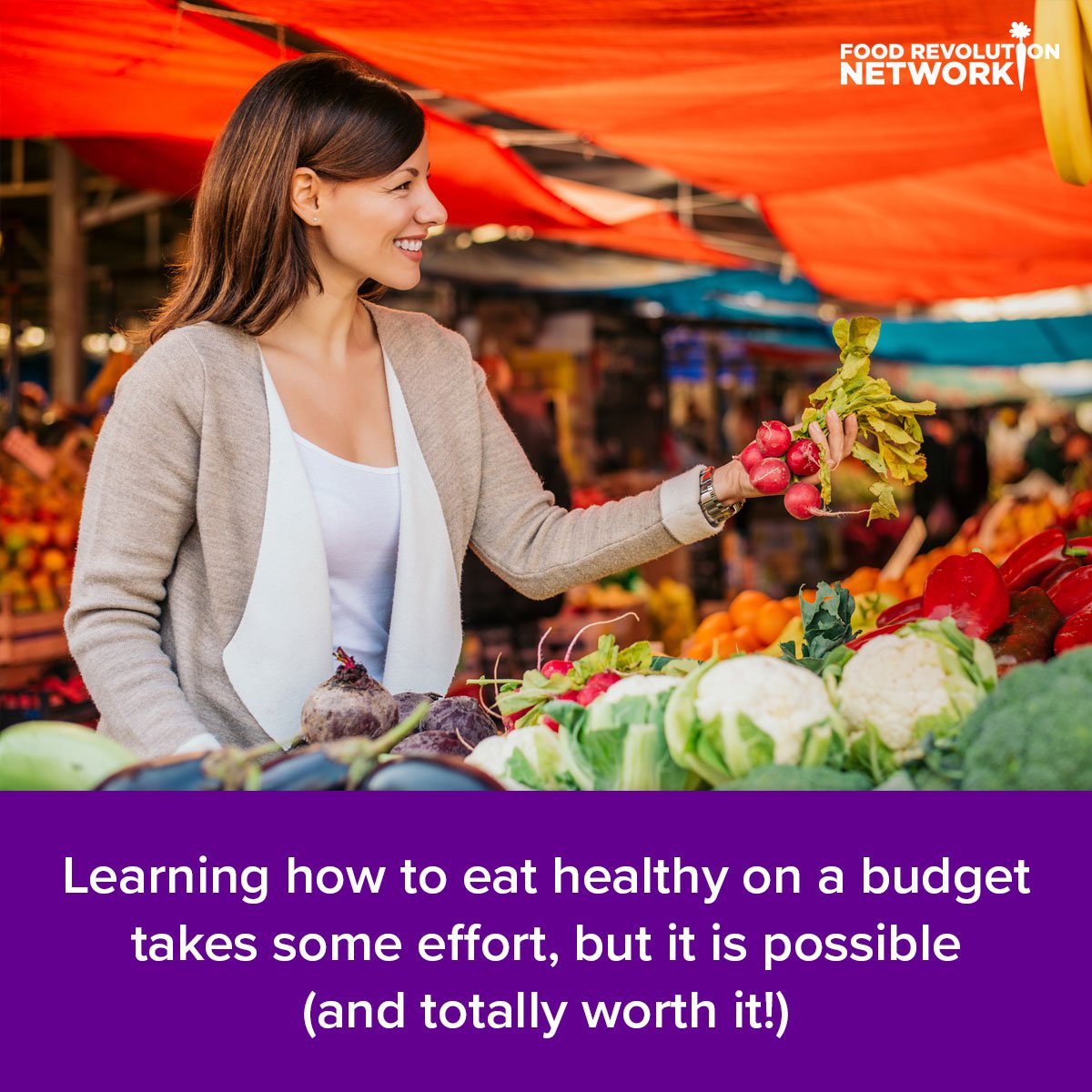
And if you’re inspired, please LIKE and SHARE this article. Together, we can work for healthy, ethical, sustainable food for all!
Featured Image: iStock.com/seb_ra

